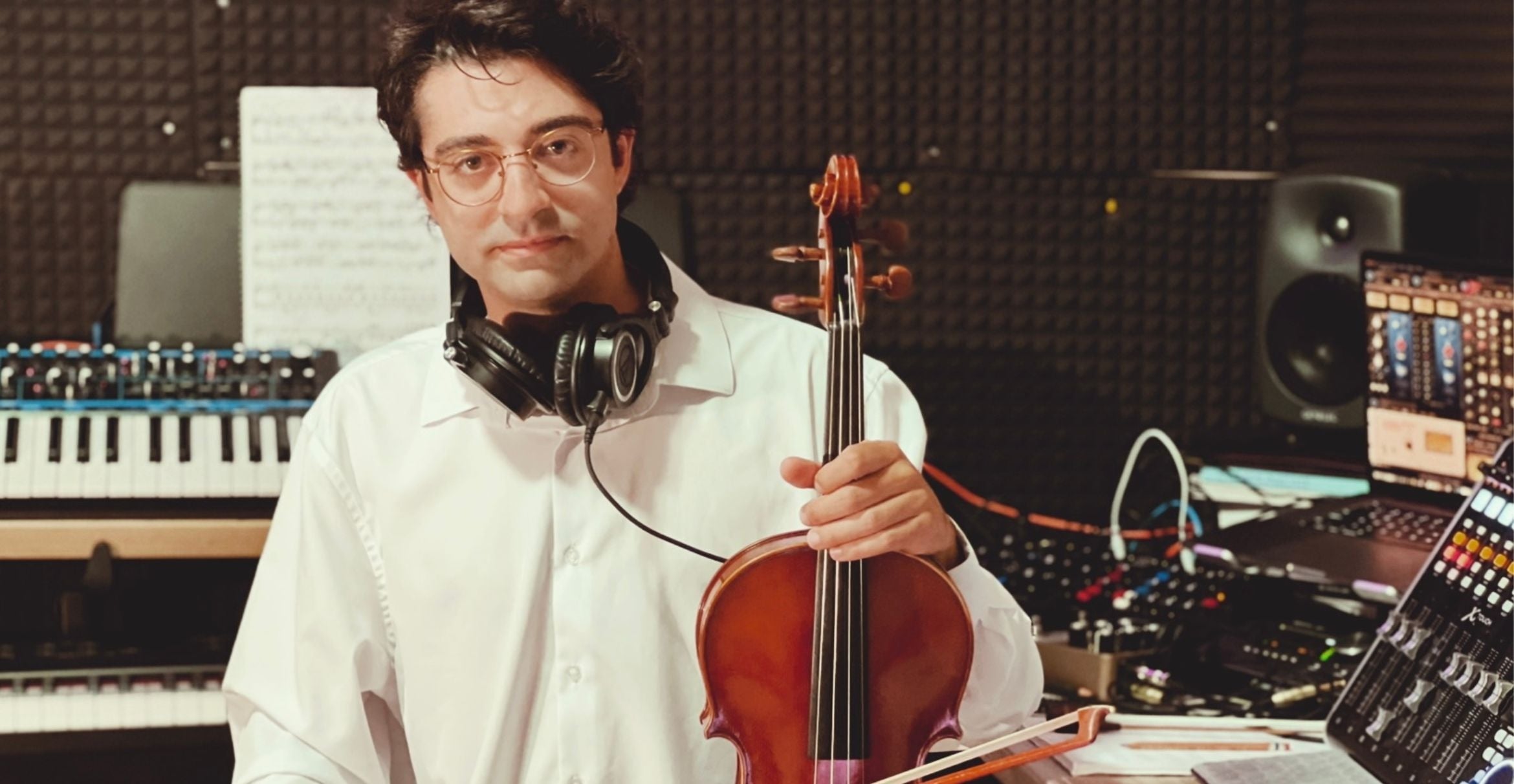

The architecture of classic Los Angeles eateries from the mid-20th century will be featured in one of two exhibitions opening this month at the University Art Museum at UC Santa Barbara. Using architectural drawings, vintage photographs, and memorabilia, Sardi's to Orange Julius®: Los Angeles Restaurants from the Architecture & Design Collection, examines the changes in restaurant architecture over time through eight significant projects that helped to define Los Angeles as a vibrant, modern city.
Organized by University Art Museum director Kathryn Kanjo, the exhibition features designs by J.R. Davidson, R.M. Schindler, and Kem Weber from the 1930s, an architecturally expansive decade for the city. Even during the Great Depression, Los Angeles sustained physical and creative growth because of the expanding film production and burgeoning energy and aircraft industries. The city's optimistic environment and glamorous social scene spawned the carefully designed interiors of restaurants including The Nickabob, Hi-Hat, and Sardi's.
The interiors of these establishments distinguished themselves through surface detail: sanded glass, exotic veneers, polished chrome, and gold leaf. Yet the facades were street-oriented structures with eye-catching signage that appealed in scale and impact to the fast-moving horizontality of the car-based town. This modern style was epitomized by Sardi's Restaurant, designed by R.M. Schindler, which opened in 1933 on Hollywood Blvd. Modeled on the famed New York restaurant of the same name, Sardi's featured built-in booths, each with its own hat rack, recessed lighting and different bar areas, including the Jewel Box Bar, frequented by film stars and celebrities.
The exhibition's later works from the post-war period, including projects by Maynard Lyndon and Edward A. Killingsworth, show that as eating patterns changed, so did architectural strategies. While these structures also rely on street visibility, the franchise designs for Yummer's and Orange Julius® were expected to be not only recognizable but also replicable. With these proposals came the promise of familiarity with the structure and the dining experience, making them more attractive to families and a mass audience. Orange Julius®, founded in 1926 as a roadside stand, became a streamlined, modern family restaurant when redesigned by Maynard Lyndon.
Although many of these buildings no longer exist in the forms presented in the show (sadly, the building that housed Sardi's is now an adult theater), the work of the five featured architects is preserved in the Museum's Architecture & Design Collection. These vast archives, which house the designs of more than 110 architects, track the built environment of the west through architectural records. The collection is open to scholars by appointment.
Also opening this month is Storylines: Narrative Works from the Permanent Collection, conceived by Elyse Gonzales, the Museum's Curator of Exhibitions.
Featuring works of art from different periods and cultures drawn from the 8,500 pieces in the Museum's permanent collection, Storylines explores the different ways in which art can tell a story. The exhibition, which features 90 works including contemporary prints and photographs, Old Master drawings, pre-Columbian pottery, African sculptures, and Renaissance medals, examines different forms of artistic narrative.
A dramatic example of socio-political narrative is a suite of black and white prints by Rudolph Carl von Ripper (1905-1960), an Austrian Catholic nobleman who left Germany during the rise of Hitler and worked against the Nazi regime by distributing literature about the atrocities they were committing. After he travelled to Berlin to distribute these pamphlets, he was arrested and sent to a concentration camp. Released after six months, he produced a portfolio of prints that used symbols and metaphors to criticize the rise of fascism and the Nazi regime. One of the prints, depicting Hitler as an organ player orchestrating the torture of helpless individuals while the military and nobility watched, was featured on the cover of Time magazine on January 2, 1939, naming Adolph Hitler as Man of the Year for 1938.
Art is frequently used to sell an idea, as shown by a World War I propaganda poster designed by Henry Raleigh (1880-1944). The poster exhorts the reader to "Halt the Hun" by buying U.S. Government bonds, and shows a poor woman and her child being protected from a German soldier by an American doughboy.
People's lives are often depicted through works of art, as shown by two dramatically different pieces in the show. An oil portrait of St. Rose of Lima, painted c. 1700 by Cristobal de Villalpando (c.1645-1714), the renowned Mexican painter, tells the story of the life of the first native-born saint from Latin America. Another biographical work is a colorful hand-made book by Nikki de St. Phalle (1930-2002) that illustrates the story of her romance and break-up with a lover.
Perhaps the most basic form of artistic narrative is the illustration of well-known stories. The exhibition features prints by David Hockney (b.1937) illustrating Grimm's fairy tales.
Fittingly, the exhibition opens with Hockney's print of Catherina Dorothea Viehmann, who was a source of fairy tales for the Brothers Grimm.
Both exhibits will be on display from July 8 through September 13.
The University Art Museum is located in the heart of the UC Santa Barbara campus.
It is open Tuesday through Sunday, 12pm-5pm, and admission is free. For further information, see www.uam.ucsb.edu
† Top photo:
Maynard Lydon
Orange Julius
Orange Julius of America, 1964
Credit: University Art Museum, UC Santa Barbara
†† Bottom photo:
Rudolph Carl von Ripper
/Les Chrétiens allemands
/from _Ecraser l'Infàme_, 1938
etching
Gift of Margaret Mallory to the Ala Story Print Collection
Credit: University Art Museum, UC Santa Barbara
Related Links



